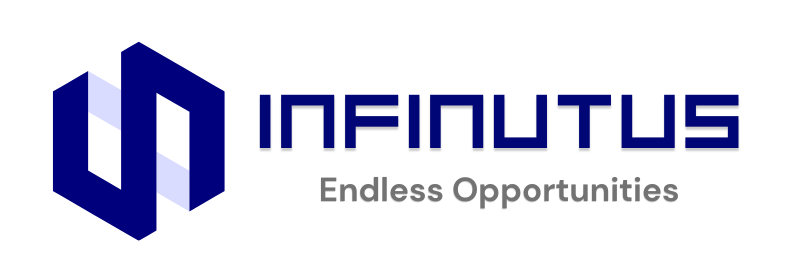
How Social Media Marketing Agency Works?
Managing an effective social media presence requires time, expertise, and resources that many businesses may not have. This is where a social media marketing agency comes in. In this comprehensive guide, we’ll explore how social media marketing agencies work and the key components of their services.




